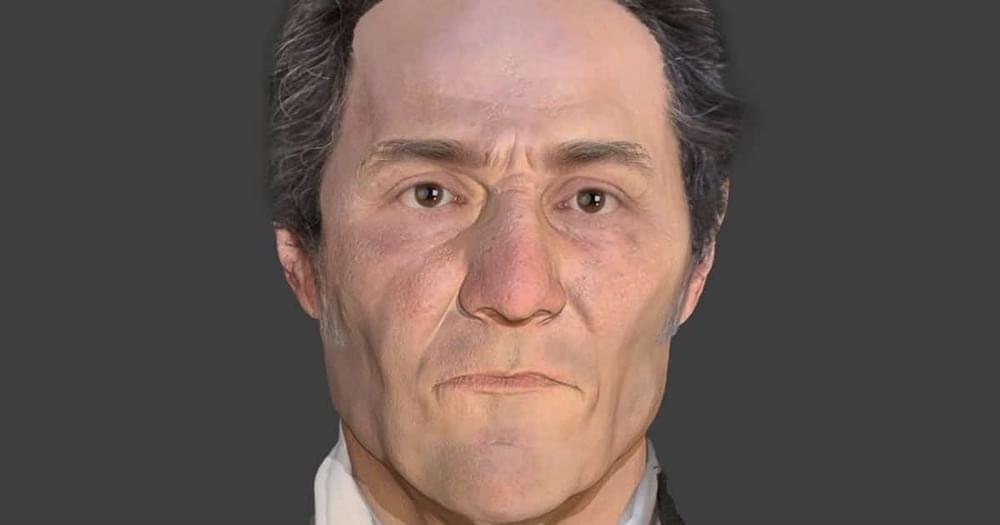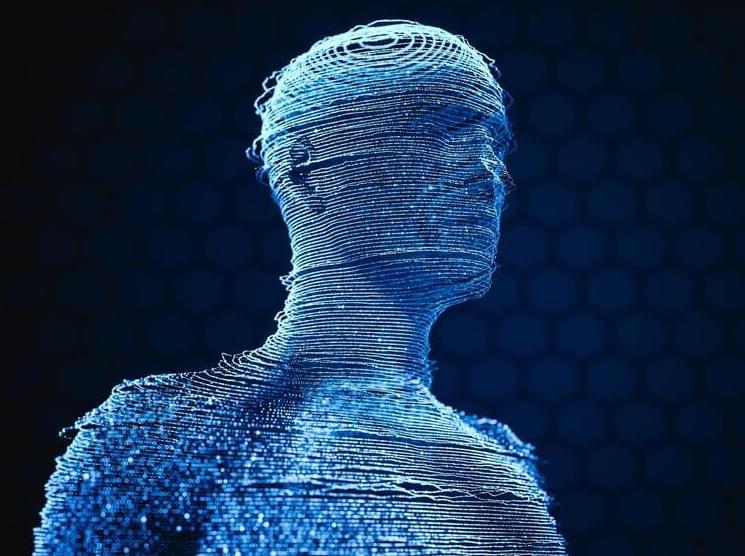This supposed vampire’s bones were discovered and now scientists have reconstructed what his face would have looked like.


“We wanted to draw on the biomechanics of these animals to see if we could develop faster, more energy-efficient soft robots,” Jie Yin, co-author of the paper and mechanical engineer at N.C. State.
Michael Phelps, eat your heart out.
Canada’s Youth Employment Services offer a video short course on how to discern facts from misinformation coming from online media sources.

Currently floating on a lake in the Netherlands, the solar island comprises 180 movable solar panels that provide an increase in energy production by up to 40 percent.
A Portuguese company’s sustainable solution is following the Sun, almost like a stalker, in a bid to get the most out of its energy.
SOLARISFLOAT
SolarisFloat has developed an innovative floating solar solution that is unlike the many being installed in water bodies around the world. With single-or dual-axis tracking, the floating island is powered by electric engines that consume less than 0.5 percent of the total energy produced. As the BBC explained, the installation, named PROTEVS, is the first to merge floating solar panels with Sun-tracking technology.

Would you like to see the classic magic trick of a rabbit being pulled out of a hat? I hope so since you are about to witness something ostensibly magical, though it has to do with Artificial Intelligence (AI) rather than rabbits and hats.
Here’s the deal.
A lot of debate takes place about whether we ought to recognize AI with some form of legal personhood. Surprisingly, some believe that we can already shoehorn AI into legal personhood by a bit of corporate legal wrangling. See what this is all about.

It is meant to protect Israel’s natural gas platforms and shipping lanes.
Following a recent test, Israel’s Defense Ministry and Navy announced last week that the C-Dome, the naval version of its much-touted Iron Dome air defense system, is operational, The Times of Israel.
The Iron Dome system made it to the news during the conflict in the Gaza Strip last year, when it swung into action and blocked more than 90 percent of rockets fired at Israel. Following the successful deployment of the air defense system, the U.S. decided to procure the system from Israel. At the same time, it also inspired South Korea to build something of its own to thwart attacks from its northern neighbor.
IE organized a Reddit Ask Me Anything with Dr. Jonathan Blutinger, a postdoctoral researcher in the Creative Machines Lab at Columbia University.
On August 29, 2022, Interesting Engineering
Zinkevych/iStock.
Here are a few other things we learned.

Secure communications provider Wickr has announced that it will shutter its free encrypted messaging app, Wickr Me, next year.
Wickr was founded in 2011 and became one of the first mainstream end-to-end encrypted messaging apps, until it was acquired by Amazon’s cloud services giant Amazon Web Services in 2021.
In a post published Friday, Amazon said that Wickr Me will shut down for good on December 31, 2023. Amazon says the app will stop accepting new user registrations on December 31, 2022 before it’s discontinued completely the following year.

There have been 24 coronal mass ejections in the past week alone.
As NASA’s Orion spacecraft prepares to fly by the Moon, sky gazers can expect another little treat in the skies as a minor geomagnetic storm is expected to hit the Earth, EarthSky.
Over the past week, our Sun has seen some intense activity. Usually, when activity on the Sun increases, the chances of a geomagnetic storm on Earth also increase. Geomagnetic storms carry risks to infrastructure and communications on the planet. However, in the past week, our planet has been a bit lucky it wasn’t in the line of fire.
We will see on December 18 whether the prediction program is working or not.
The 2022 FIFA World Cup, also known as Qatar 2022, started yesterday, and its excitement has echoed worldwide. It is a matter of curiosity which nation will be the champion in this big event.
Well, good news for both science and soccer lovers because Brazil has a 25 percent probability of winning the men’s football World Cup, according to Alan Turning Institute’s prediction model that anybody can use, but the results are bleak for many other countries.